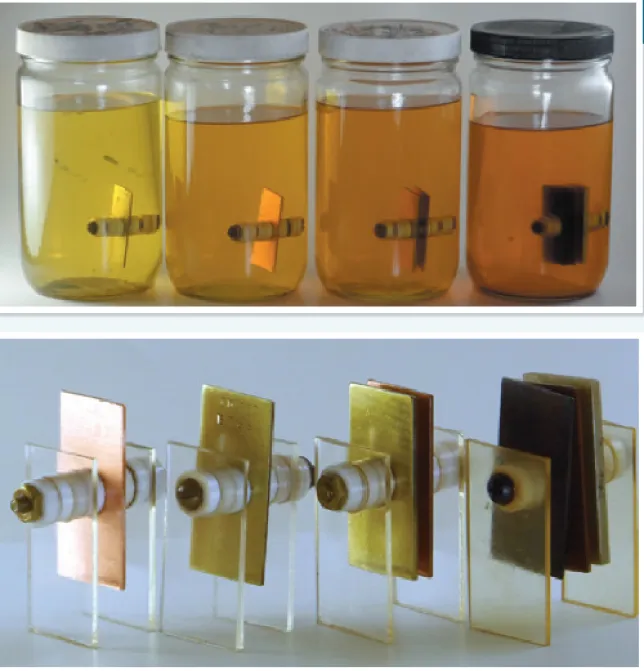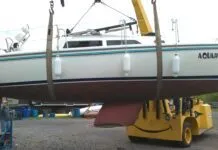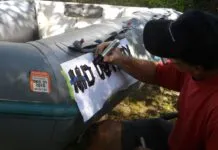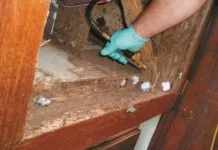
The answer is yes, given the right conditions (including an undisirable mix of metals in the system), and enough time, untreated diesel fuel can indeed have a corrosive effect on some metalic components-tanks, fuel lines, etc.. Perhaps a more relevant question is: How does the corrosive effect change fuel quality? And what can we do to prevent it?
Given the tiny amount of fuel it takes to clear the jetty and hoist sail, our 50-gallon fuel supply can last, quite literally, for years. It certainly lasts through the winter, and all the while, we worry that sludge is growing.
In Additives vs. Gum, Sludge, (see PS November 2015), we studied how additives can fight gum build-up. Over years of testing, we’ve learned that the primary cause of varnish and gum growth in e10 gasoline is exposure to copper and zinc in the presence of traces of water. Dissolved ions created by trace metal corrosion are powerful sludge-forming catalysts. Untreated gasoline can change visibly within weeks, becoming dark and cloudy.
In fact, the ASTM points this out in standard D975 Appendix X2.7.2: Fuel Storage Conditions: Copper and copper-containing alloys should be avoided. Copper can promote fuel degradation and may produce mercaptide gels. Zinc coatings can react with water or organic acids to form gels that rapidly clog filters.
Diesel is more stable and is affected more slowly, but the result is the same. If you store untreated diesel in contact with zinc and copper for long enough, it will turn sludgy. As we reported in 2015, every major engine manufacturer, fuel refinery, and the ASTM recommends strongly against copper, brass, galvanized, and soldered parts in standby generator fuel systems because of the storage stability problems.
How we tested
When cleaning up from our last round of testing, we put some samples of diesel on the shelf, each with a different metal sample combination. The diesel was treated only with those additives that came with it from the refinery. The jars were sealed to prevent infection by diesel bug. Vented jars would have drawn some water, had greater oxygen availability, and would sludge faster.
Questions About Copper
Diesel is non-corrosive, and the jars with a single metal sample showed relatively little change. The brass sample was visually no different from the control sample; a few brass fittings in a hose fuel system should make little difference.
Copper had some darkening effect, enough to make us leery of copper fuel lines. Although the US Coast Guard approves copper, no engine manufacturer does for standby systems, which is what a lightly used or stored boat is. However, when zinc and copper were combined, the darkening accelerated, and when aluminum was added, the diesel suffered badly for it. Not only was it darker in color, the odor changed and the pH dropped from 6.5 to 5, accelerating corrosion.
Interestingly, the aluminum was not corroded. We suspect the accelerated corrosion of the brass sample was the result of a change in fuel chemistry that specifically attacked brass.
The sludge formation rate was exponential. The changes werent noticeable for the first year and a half, and we nearly abandoned the test. Then suddenly, the fuel changed color and corrosion became obvious.
The bottom line? These changes took years. If you keep your fuel dry and burn through a few tanks each year you have nothing to worry about. However, if you just sip fuel, have traces of water in the sump, and have copper lines or an aluminum fuel tank, don’t automatically blame sludge on bad fuel, because it may be your system causing the trouble.
You could polish the fuel. That will reduce the suspended water and sludge, but it will also redistribute the copper and zinc ions and not solve the underlying problem, which is now accelerating. You can prevent all of this by using a good anti-corrosion additive and avoiding brass, copper, and aluminum components to the extent feasible.






































